Copyright © Everyday Narrative 2024. All rights reserved.
Copyright © Everyday Narrative 2024. All rights reserved.
- An Everyday Narrative Gallery Special -
Distinctive Birds And Animals Found In The US
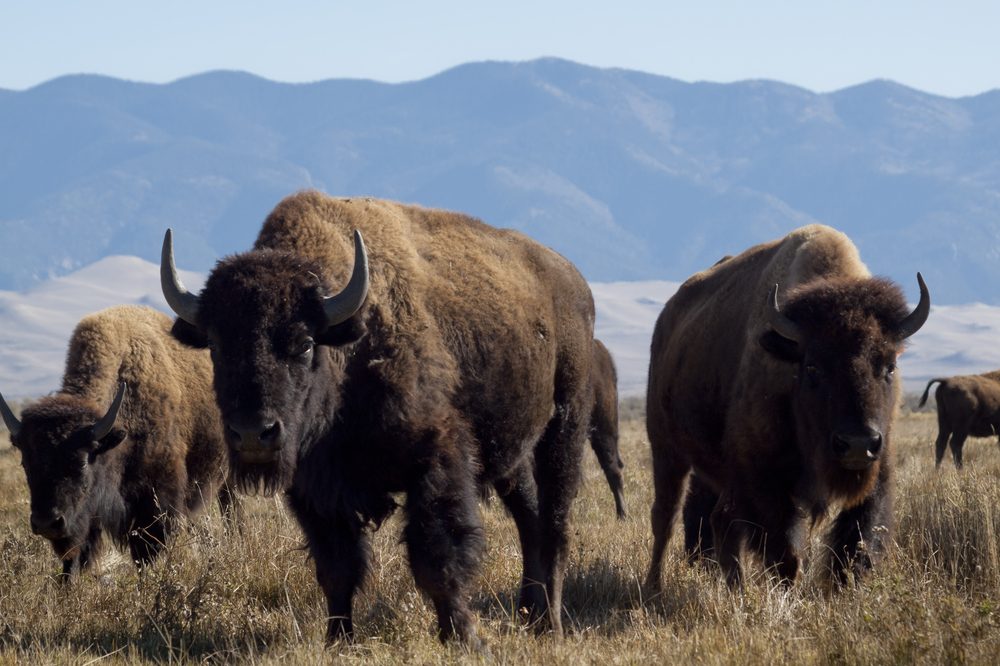
The United States is home to a remarkable array of wildlife, with many species that are unique to its diverse ecosystems.
This gallery highlights some of the most distinctive birds and animals that call the United States their home.
1. Bald Eagle
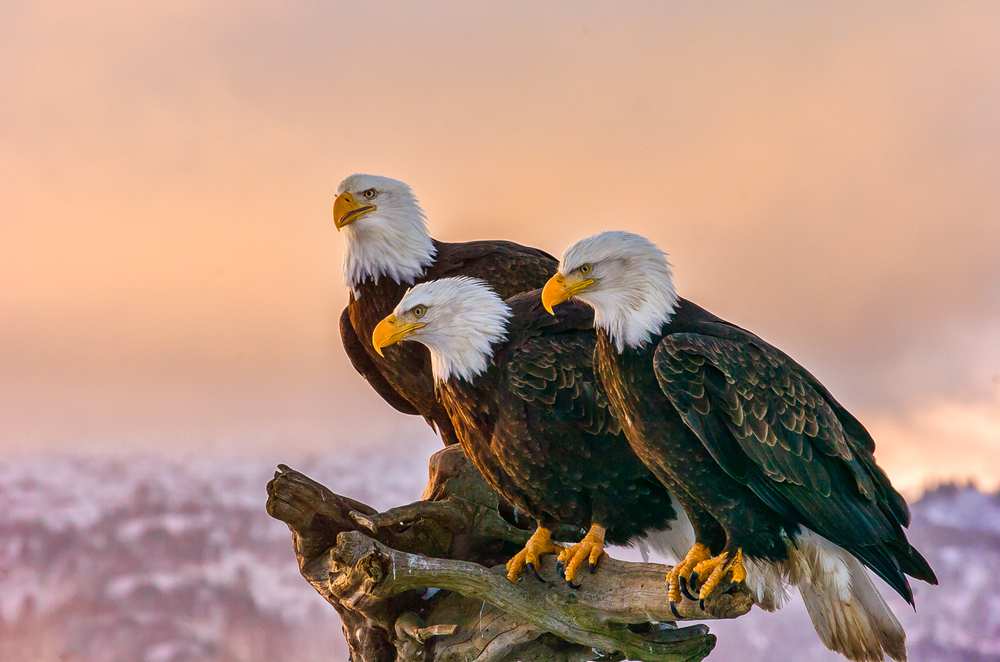
The Bald Eagle, the national bird and symbol of the United States, is a majestic raptor known for its white head and tail feathers contrasted with a dark brown body and wings. Found near large bodies of open water, these powerful birds are skilled hunters, primarily feeding on fish.
Bald Eagles build some of the largest nests of any bird species, often reusing and adding to them each year. Conservation efforts have successfully brought them back from the brink of extinction, making their presence a symbol of national pride and wildlife resilience.
2. California Condor
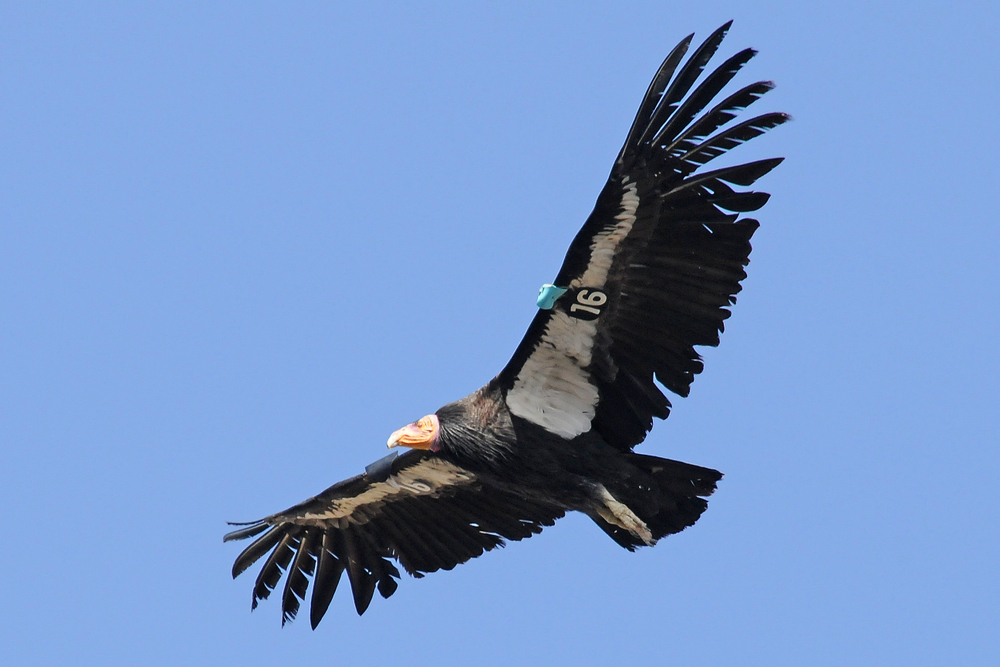
The California Condor, one of the largest flying birds in North America, boasts a wingspan of up to 9.8 feet. These scavengers are primarily found in California and parts of Arizona, inhabiting rocky shrubland, coniferous forests, and oak savannas.
Due to habitat loss and lead poisoning, they faced near extinction but have been reintroduced through captive breeding programs. Their slow reproductive rate and long lifespan make every individual’s survival critical to the species’ recovery. Their striking black plumage with white underwing patches makes them a distinctive sight in their natural habitats.
3. Greater Prairie Chicken
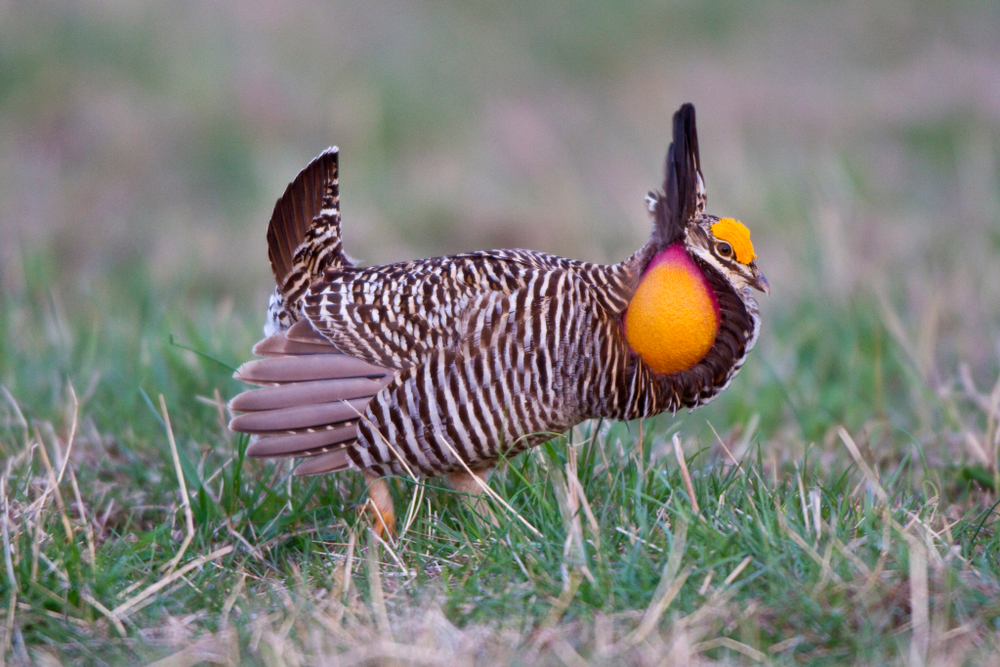
Known for its unique mating dance called “booming,” the Greater Prairie Chicken is a grassland bird native to the central United States. Males perform elaborate displays during the breeding season, inflating orange neck sacs and producing deep, resonant sounds to attract females.
Once abundant, their numbers have significantly declined due to habitat loss and fragmentation. Conservation programs aim to preserve and restore prairie habitats to ensure the survival of this iconic species. Their intricate dances and colourful displays are a testament to the diversity of the American prairies.
4. Carolina Chickadee
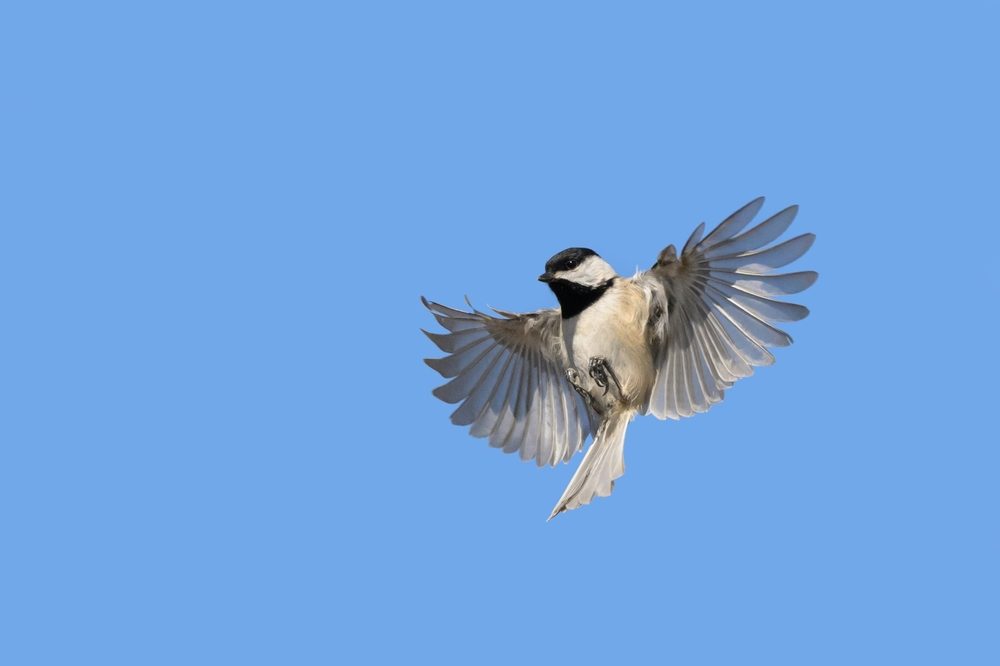
The Carolina Chickadee, a small, non-migratory songbird, is a common sight in the south eastern United States. With its distinctive black cap and bib, white cheeks, and soft grey body, this bird is easily recognisable.
Carolina Chickadees are known for their curious nature and complex vocalisations, often found flitting through forests and suburban areas in search of insects and seeds. They play a crucial role in controlling insect populations and dispersing seeds, contributing to the health of their ecosystems. Their friendly presence and melodic calls make them a beloved bird among birdwatchers.
5. Florida Scrub-Jay
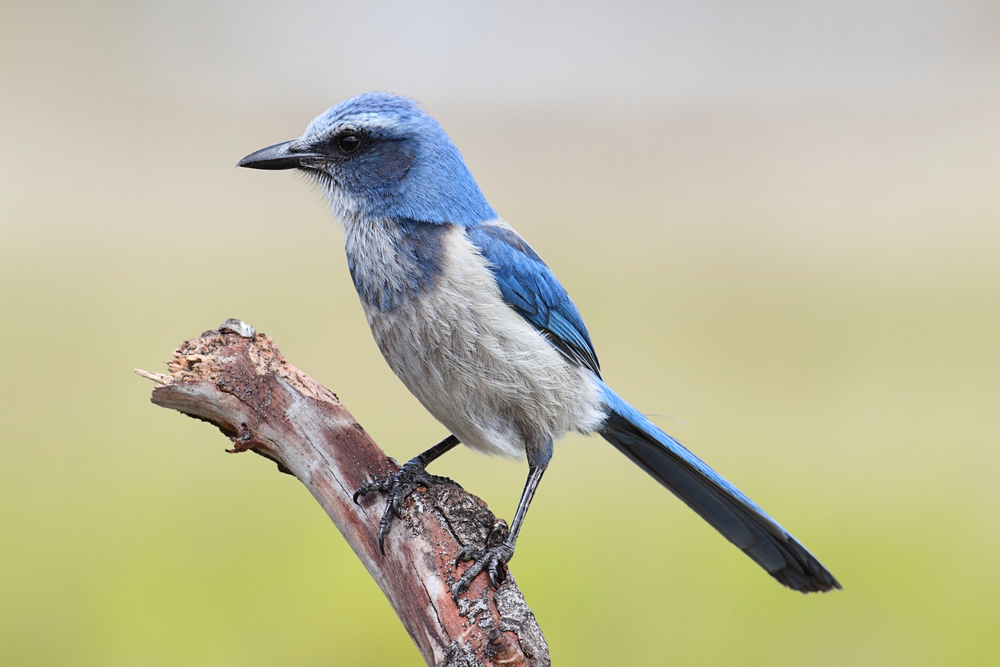
Endemic to Florida, the Florida Scrub-Jay inhabits scrubby flatwoods and is distinguished by its striking blue and white plumage. These birds are known for their strong family bonds and cooperative breeding behaviour, where offspring from previous years help raise new chicks.
Habitat loss due to development and agriculture has led to a decline in their population, making them a species of concern. Conservation efforts focus on preserving and restoring their unique scrub habitat. Their vibrant appearance and social behaviour highlight the importance of conserving Florida’s natural landscapes.
6. Hawaiian Goose (Nene)
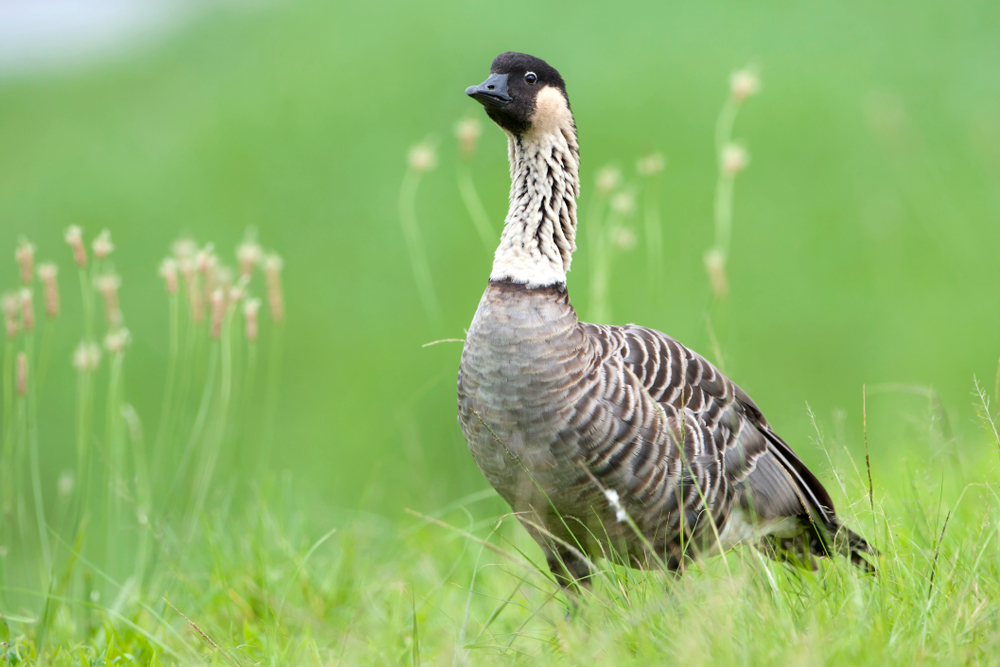
The Nene or Hawaiian Goose, is the state bird of Hawaii and is native to the Hawaiian Islands. Adapted to the volcanic landscape, these geese have reduced webbing on their feet, allowing them to navigate rocky terrain. Once near extinction, successful breeding programs have helped their population recover.
They primarily feed on native and introduced vegetation, playing a vital role in their ecosystem. The Nene’s distinctive honking call and gentle demeanour make them a cherished symbol of Hawaii’s unique biodiversity and conservation success.
7. American Bison
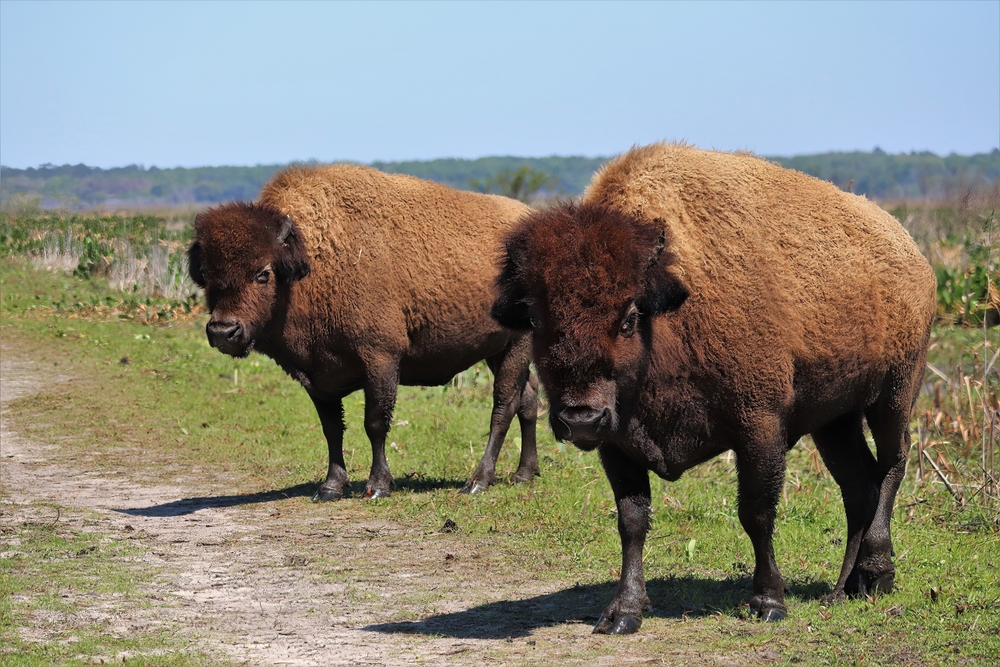
Also known as the buffalo, the American Bison is the national mammal of the United States and once roamed the Great Plains in vast herds. These massive animals, characterised by their shaggy brown coats and large heads, are essential to the prairie ecosystem, helping to maintain the health of grasslands through grazing.
Overhunting in the 19th century brought them to the brink of extinction, but conservation efforts have led to a significant recovery. Bison are a symbol of the American West and represent the resilience and importance of wildlife conservation.
8. Pronghorn
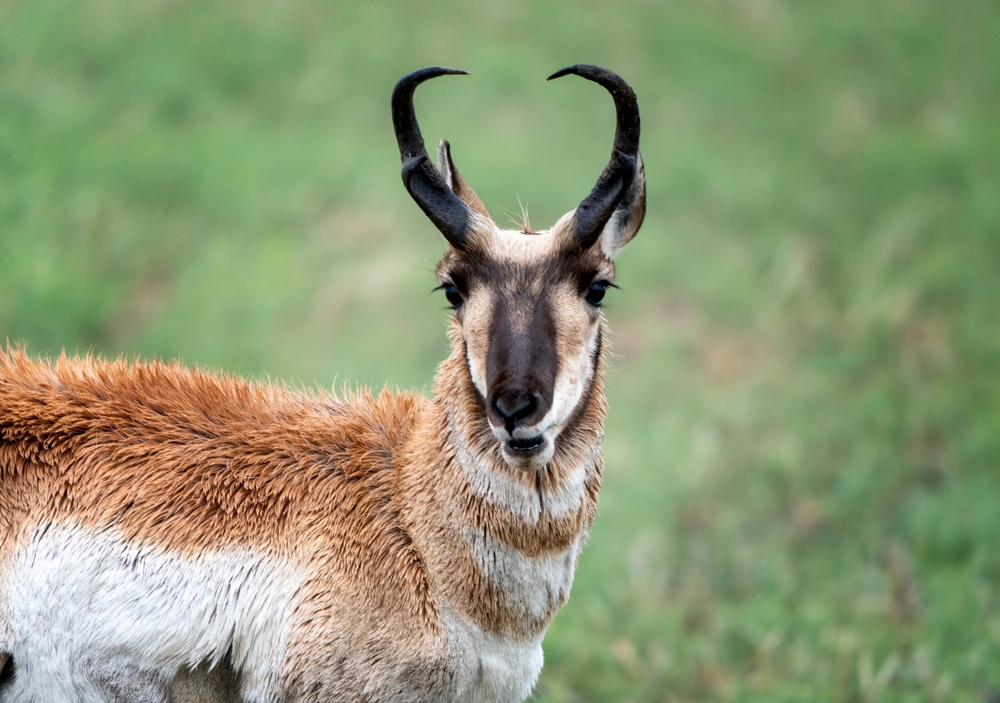
Often referred to as the American antelope, the Pronghorn is unique to North America and is known for its incredible speed, capable of reaching up to 55 mph. Found in the interior western and central United States, pronghorns inhabit open plains, deserts, and basins.
They are the second-fastest land animal in the world, after the cheetah. Their large eyes provide excellent vision, helping them detect predators from a distance. Conservation efforts focus on preserving their migration corridors and habitats, ensuring the survival of this iconic species of the American West.
9. North American Beaver
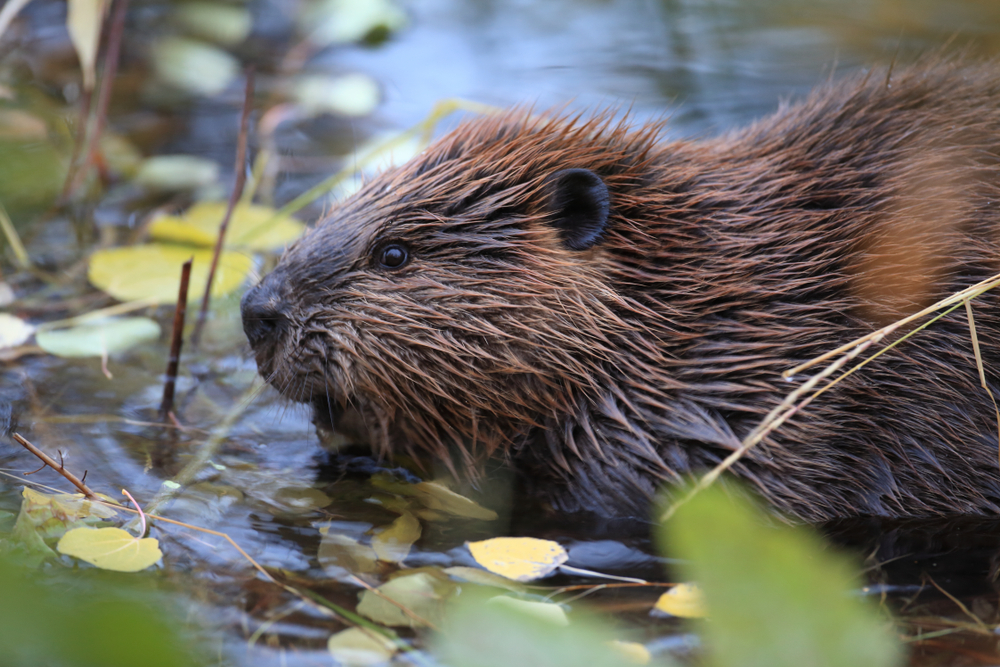
The North American Beaver is renowned for its dam-building abilities, which create wetlands that benefit numerous other species. Found across North America, these industrious rodents have a significant impact on their environment. Beavers build lodges and dams using branches, mud, and vegetation, creating ponds that provide habitat for fish, birds, and other wildlife. Their activities also help to filter and clean water.
Beavers were once heavily hunted for their fur, but their populations have rebounded thanks to conservation efforts. They are a keystone species, playing a crucial role in maintaining healthy ecosystems.
10. American Alligator
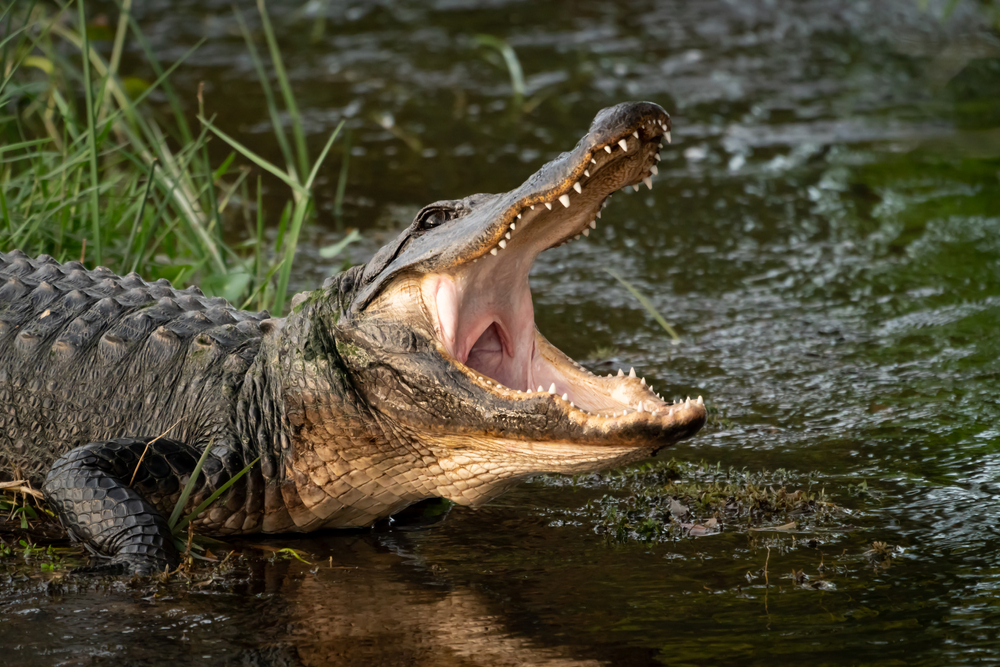
The American Alligator is a large reptile native to the south eastern United States, primarily found in freshwater wetlands such as swamps, marshes, and rivers. These apex predators have powerful jaws and a muscular tail, making them effective hunters. Once endangered due to overhunting and habitat loss, conservation measures have successfully restored their populations.
Alligators play a vital role in their ecosystems by controlling prey populations and creating “alligator holes” that provide habitat for other wildlife during dry periods. They are a symbol of the wild and untamed landscapes of the American South.
11. Grey Wolf (Canis Lupus)
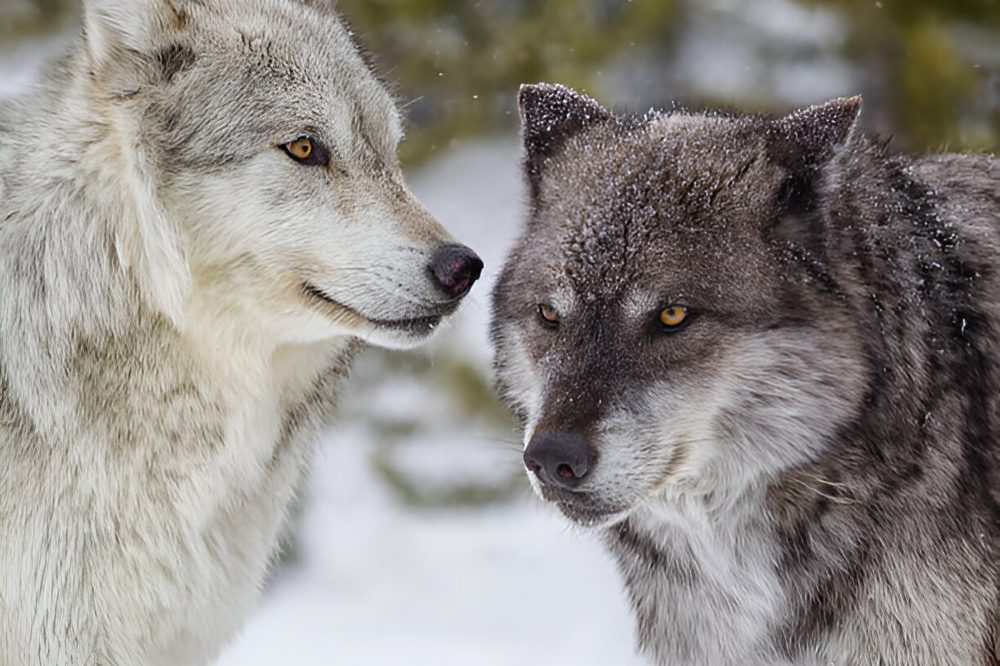
The Grey Wolf, while found across North America, has specific sub-species such as the Mexican wolf that are native to the southwestern United States. These highly social animals live in packs and have a complex social structure. Wolves play a crucial role as apex predators, helping to maintain the balance of eco-systems by controlling the populations of large herbivores.
Their return to areas like Yellowstone National Park has had profound ecological effects, demonstrating the importance of predators in ecosystem health. Conservation efforts continue to focus on protecting and restoring wolf populations in their native habitats.
12. Eastern Box Turtle
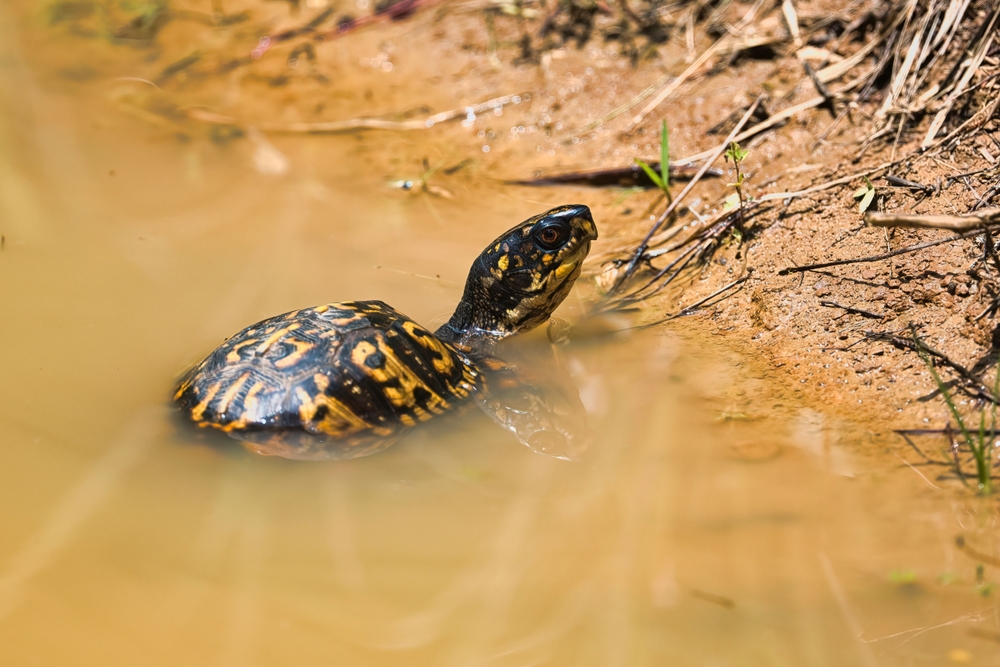
The Eastern Box Turtle, native to the eastern United States, is known for its high-domed shell and unique ability to completely enclose itself. These turtles inhabit forests, fields, and wetlands, feeding on a diet of insects, fruits, and vegetation. Box turtles are long-lived, with some individuals reaching over 50 years of age.
Habitat destruction and road mortality have contributed to their decline, making conservation efforts essential for their survival. Their presence in diverse habitats highlights the importance of preserving natural landscapes to support native wildlife.
13. Olympic Marmot
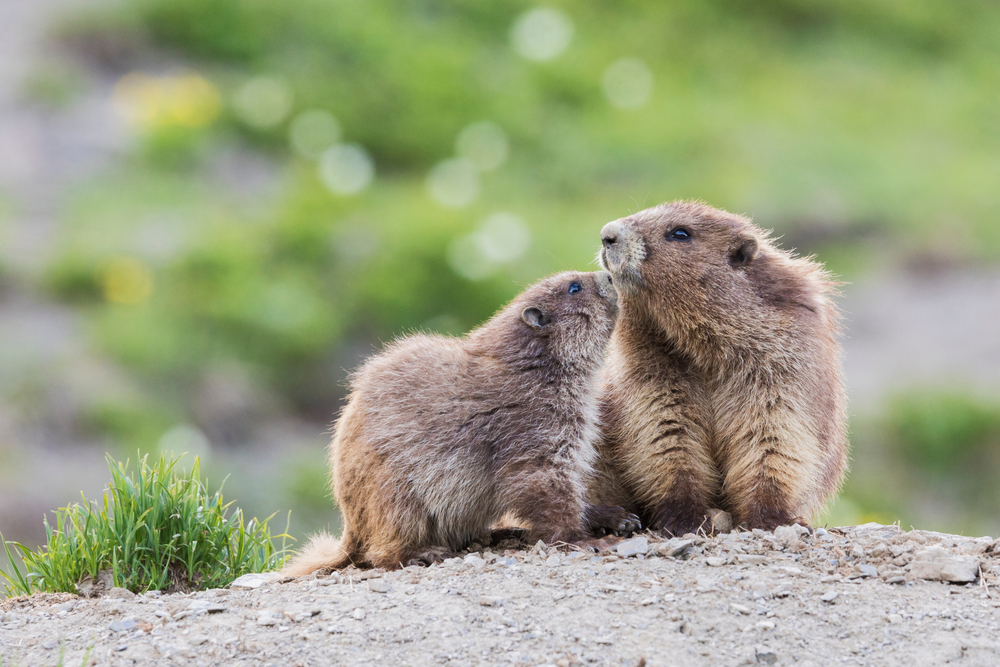
Native to the Olympic Peninsula in Washington State, the Olympic Marmot is a large ground squirrel known for its distinctive whistling call. These marmots inhabit alpine and subalpine meadows, where they dig extensive burrow systems. They hibernate for up to eight months of the year, emerging in the spring to forage on grasses, herbs, and flowers.
Olympic Marmots are a unique species found only in this specific region, making them a symbol of the biodiversity of the Pacific Northwest. Conservation efforts focus on protecting their alpine habitats from the impacts of climate change.
14. Key Deer
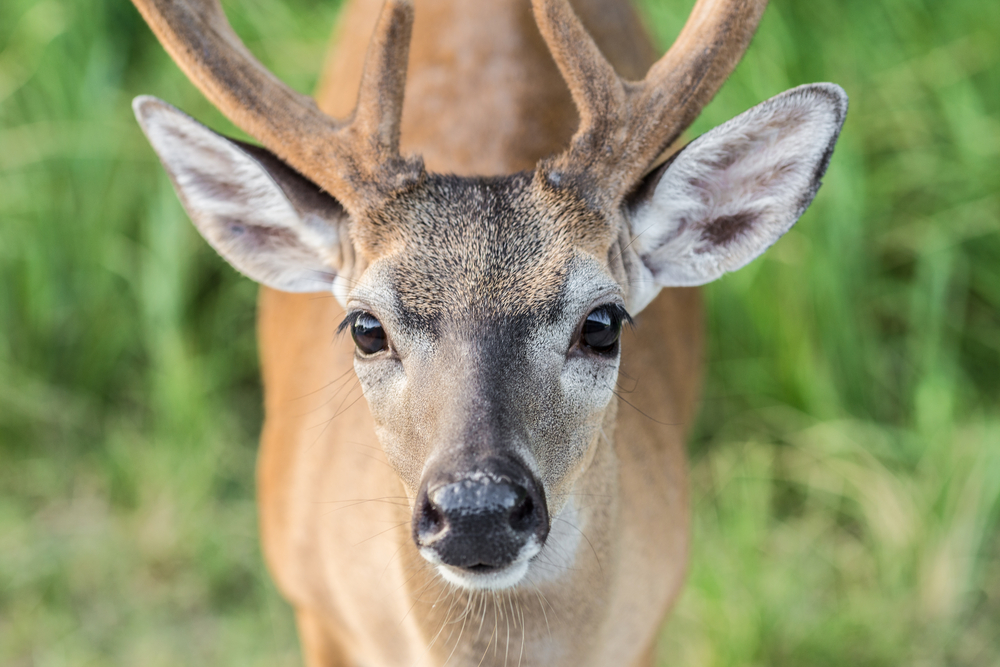
The Key Deer is a small subspecies of the white-tailed deer, found only in the Florida Keys. These diminutive deer are adapted to the subtropical environment, feeding on a variety of native plants. Habitat loss and vehicle collisions have significantly impacted their population, making them an endangered species.
Conservation efforts include habitat preservation and measures to reduce road mortality. Key Deer are a unique and important part of the ecosystem in the Florida Keys, and their survival depends on continued efforts to protect their fragile habitats.
15. American Black Bear
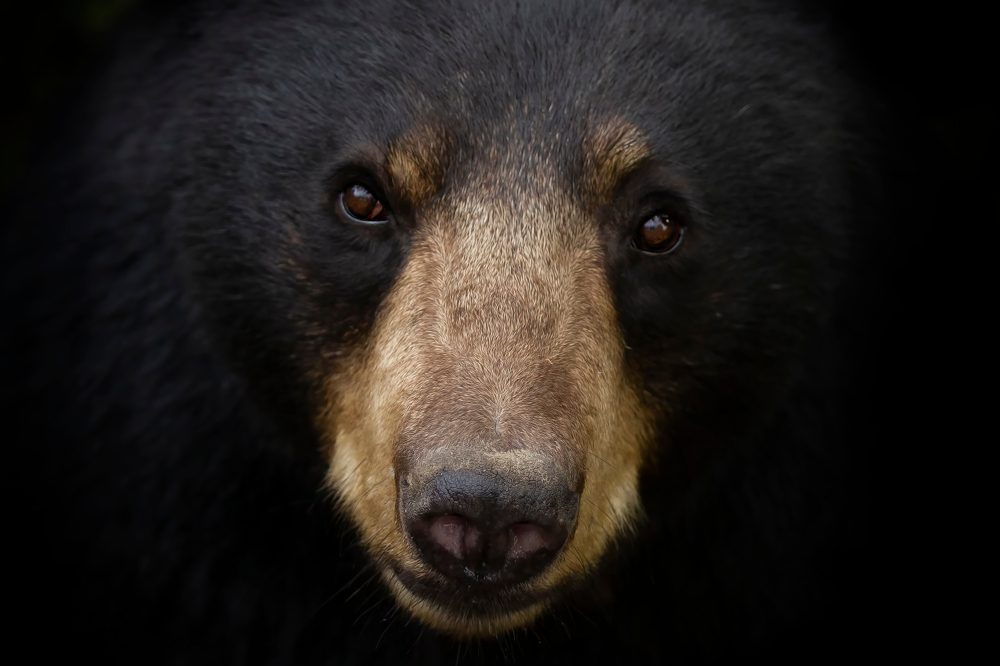
Although found across North America, the American Black Bear has significant populations in the United States, with distinct subspecies like the Louisiana black bear. These bears inhabit a variety of environments, including forests, swamps, and mountainous regions. They are omnivorous, feeding on fruits, nuts, insects, and small mammals.
Black bears play a crucial role in their ecosystems by dispersing seeds and helping to control insect populations. Conservation efforts focus on habitat protection and reducing human-wildlife conflicts to ensure healthy bear populations. Their adaptability and resilience make them a vital part of America’s natural heritage.
Incredible Birds And Animals Residing In The US
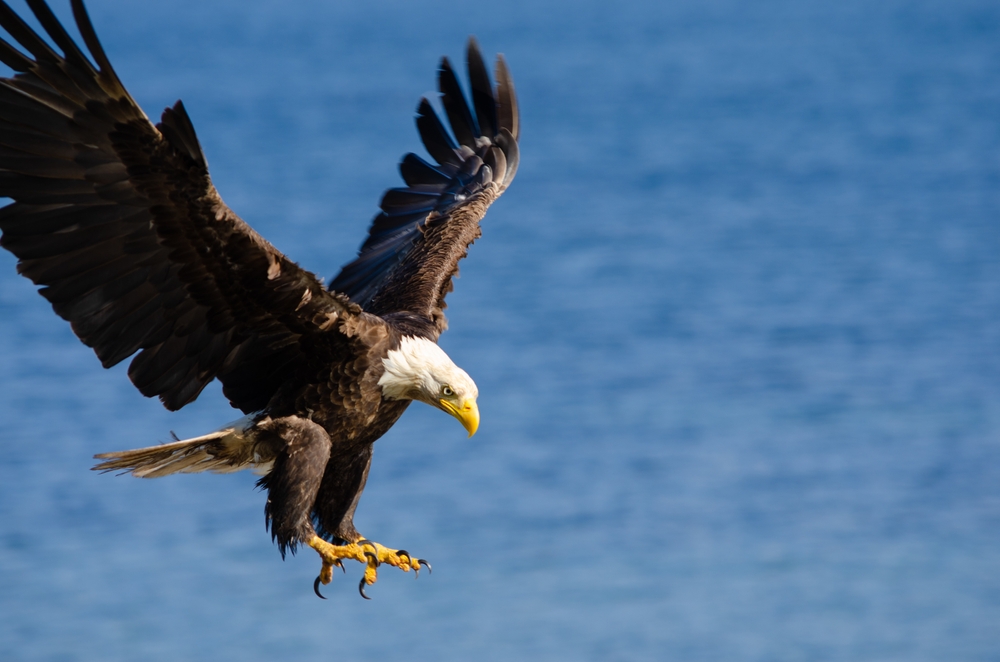
These unique birds and animals represent the rich biodiversity found across the United States.
Each species plays a vital role in its respective ecosystem, highlighting the importance of conservation efforts to protect and preserve the country’s natural heritage.
Gallery Specials
Latest Articles
- Disney Remakes the Timeless Classic ‘Snow White’
- Here’s what to expect from Season 4 of Slow Horses, only on Apple TV+
- Marvel’s ‘Agatha All Along’ coming soon
- Adam Sandler Announces ‘Happy Gilmore 2’
- Jennifer Lopez files for divorce from Ben Affleck to end her fourth marriage
- On this day in 1995, the Battle of Britpop reached its climax
- Vince Vaughn Returns in the New Dark Apple TV+ Comedy ‘Bad Monkey’
- Matt Damon and Casey Affleck lead a star-studded cast in ‘The Instigators’
- The anticipation builds for ‘The Last of Us’ Season 2
- Has Simone Biles cemented her place as the greatest American Olympian of all time?
- Anticipation grows for the Disney sequel ‘Moana 2’
- A battle begins at Royal Troon for The Open Golf Championship 2024
- The evolution of binge-watching
- Tom Hanks reunites with Robin Wright in ‘Here’
- Taylor Swift’s ‘Eras Tour’ is a phenomenal success















